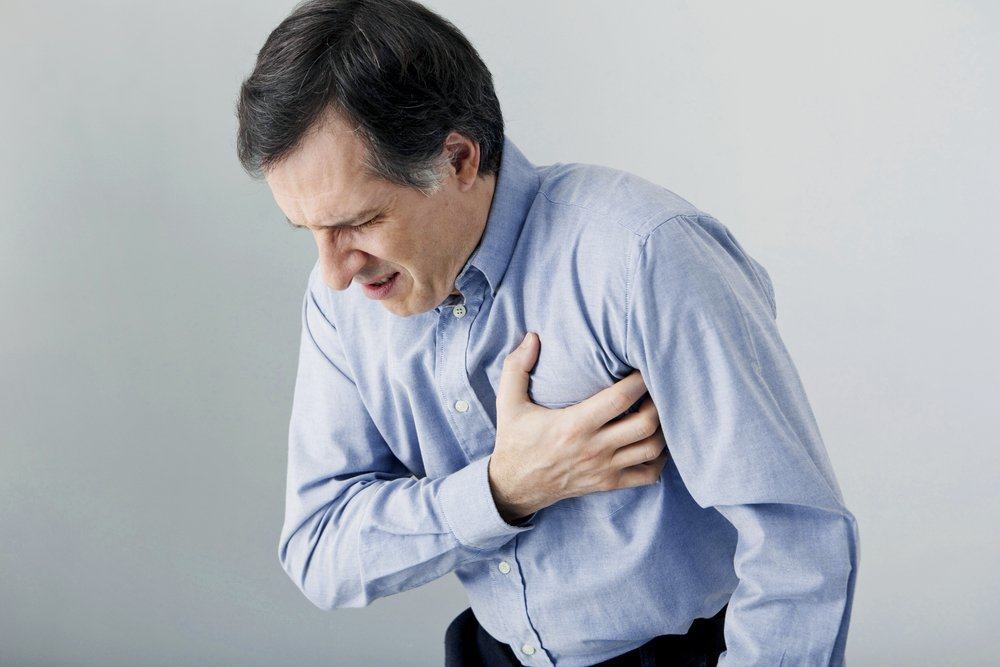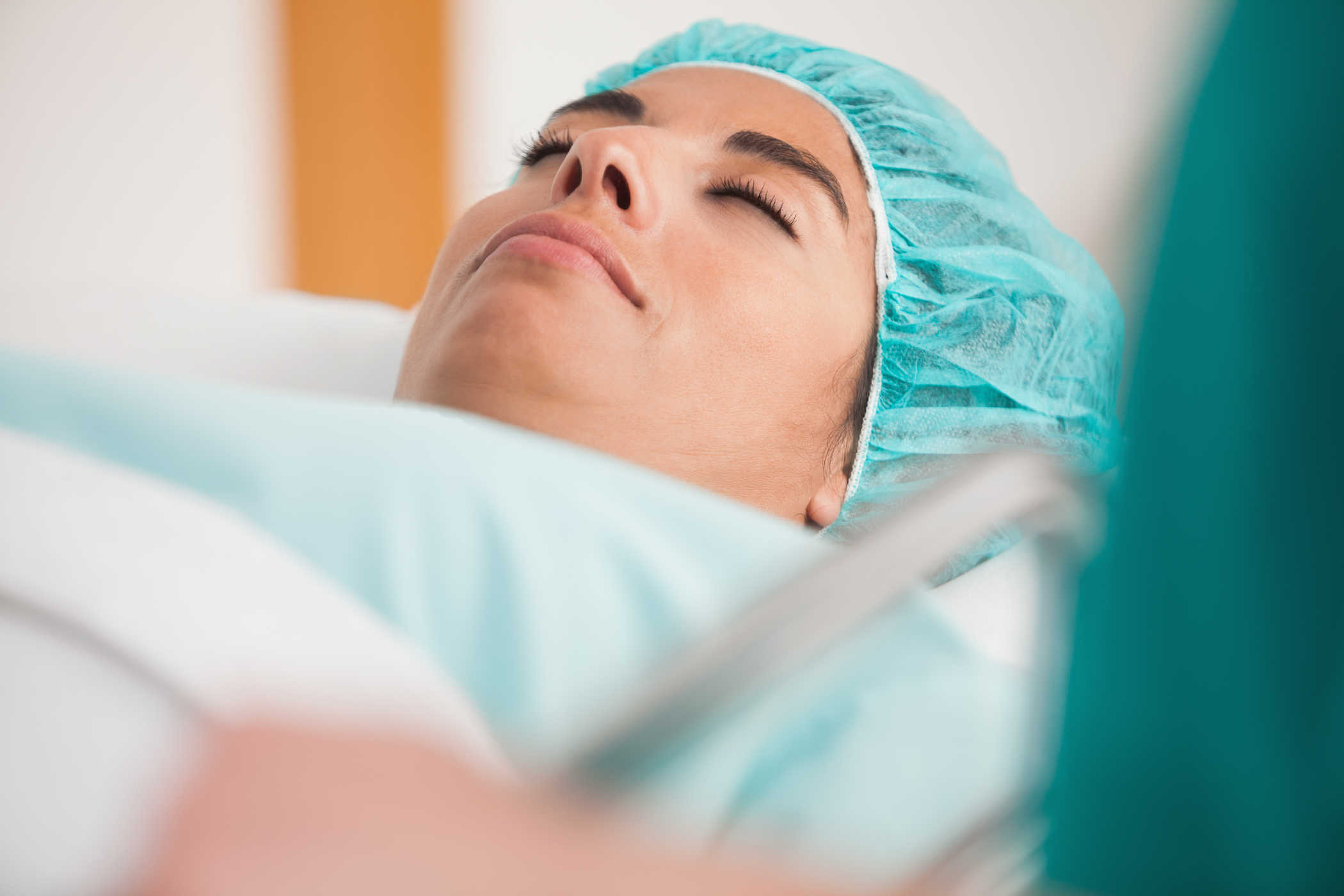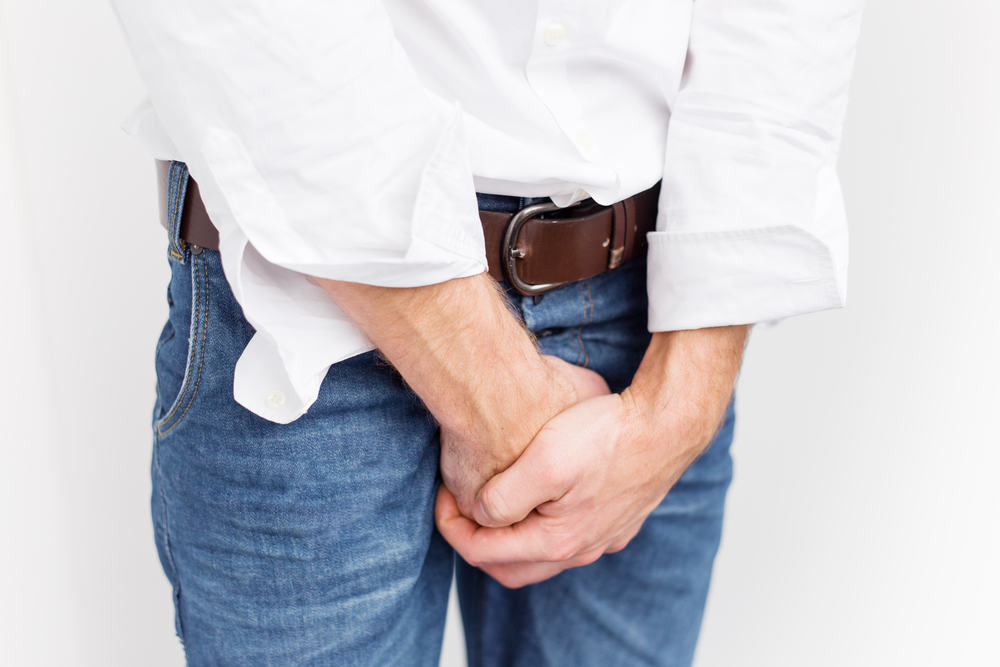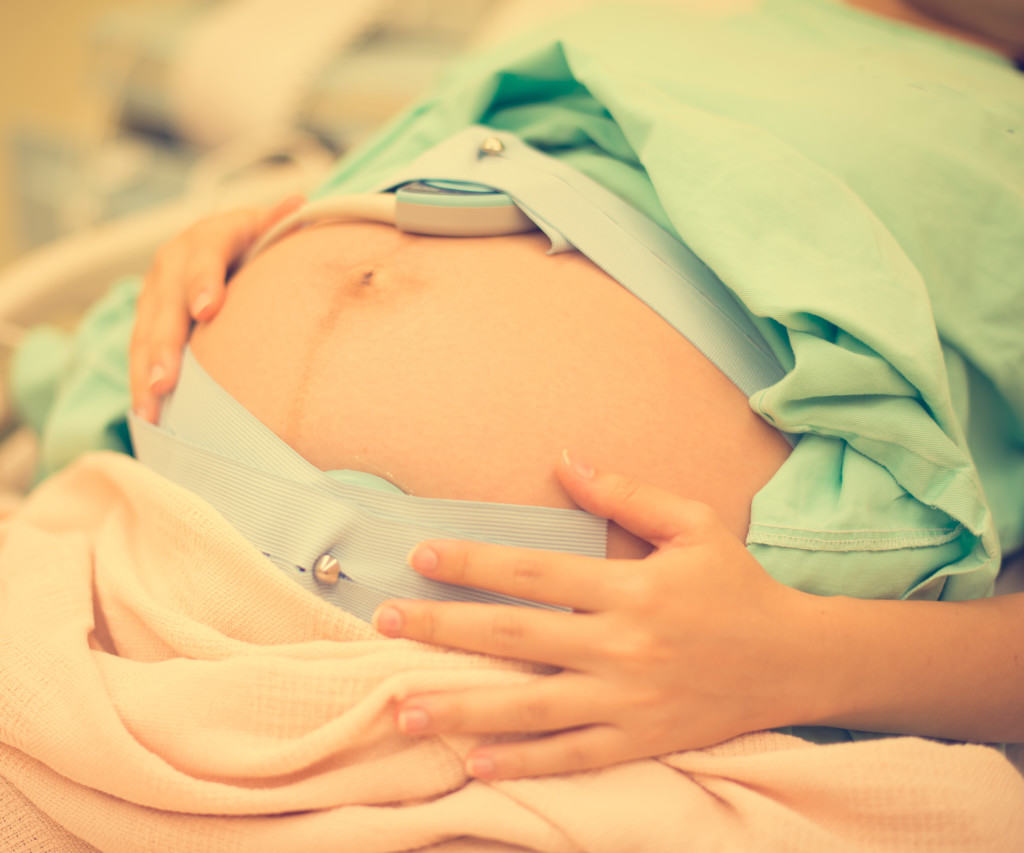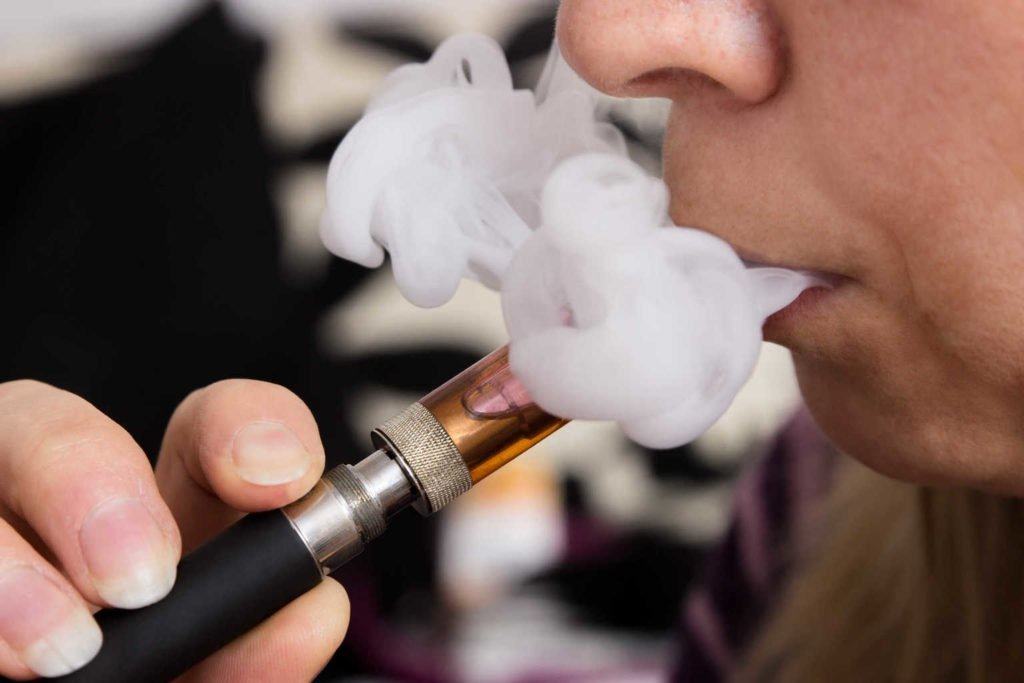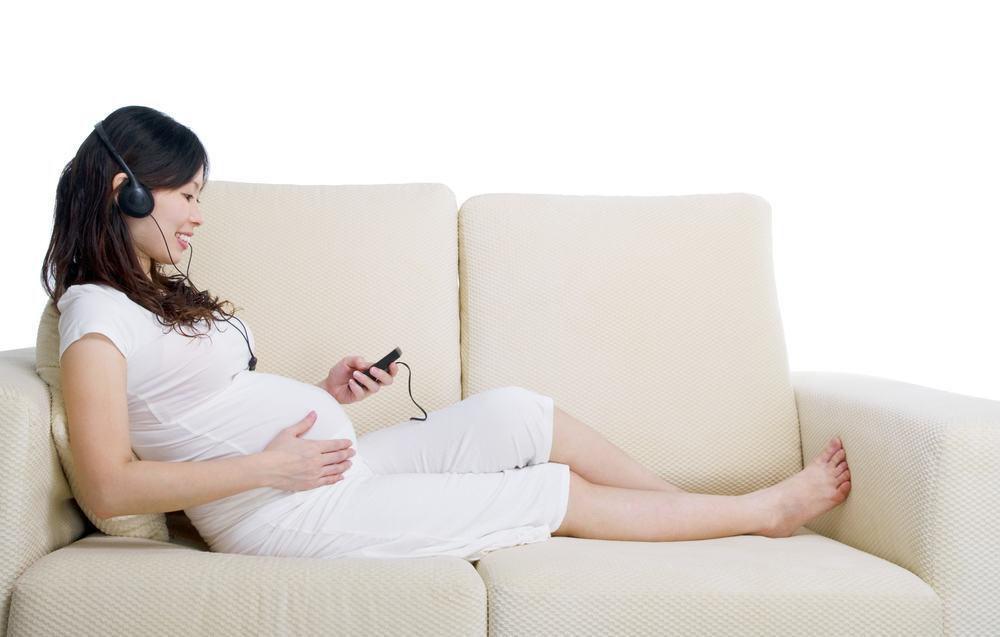Contents:
Medical Video: Elizabeth Banks in Just a Little Heart Attack
We often think that heart attacks only occur in times of extreme stress or strenuous activities, such as when lifting weights. If you have a history of heart disease, this can make you more vulnerable to having a heart attack. However, a heart attack can strike anyone, anywhere, anytime. In fact, heart attacks generally occur during daily activities such as shopping, relaxing on the couch, or even after waking up from a good night's sleep.
A heart attack is a serious, life-threatening condition - but many people who see someone having a heart attack do not treat it as an emergency situation. Reporting from Republika, it is estimated that the mortality rate of coronary heart patients in Indonesia reaches 7.6 million people per year - 325 thousand of them die from heart attacks before getting medical help. Many of these cases of death can be prevented if someone gets medical help as soon as possible.
What are the characteristics of people who have a heart attack?
Heart attacks occur when the heart cannot get enough oxygen. Lack of oxygen causes the heart muscle to die. The most common symptom is chest pain. But this is only a small picture. Sometimes, a person can have other symptoms with or without chest pain, including:
- Pain or discomfort in the chest that may last more than a few minutes, or disappear later return; the chest may feel like a squeeze, tight, pressed, or painful. Pain is usually centered on the center of the chest.
- Pain or discomfort in the upper body, including the arms, left shoulder, back, neck, jaw, or under the breastbone.
- Numbness, pain, or tingling in the arm (usually the left arm, but maybe only the right arm will be affected, or together with the left side)
- Difficulty breathing or shortness of breath (with or without chest pain); it might look like gasping for air.
- Sweating or "cold sweat"; pale skin, feels cold moist.
- Indigestion, heartburn, nausea, or vomiting (more common in women)
- Dizziness, dizzy head; extreme body fatigue or weakness (especially in older people and women)
- A fast, slowing, or irregular heartbeat
- Fear (doomsday will come / will die); mental status changes, especially in the elderly.
- Falling falls, often without warning
- The possibility of losing consciousness
What should I do if someone has a heart attack?
If you think someone near you has a heart attack, don't panic. Do not delay getting emergency medical help and wait for symptoms to subside, even if you only suspect the attack is still a guess. Symptoms of a heart attack can easily be misunderstood as another condition. If it's [only] a panic attack, it's okay. But it could be a heart attack.
"Doctors and patients must be extra careful when dealing with heart symptoms shown by women," said Carl F. Dennison, MD, a doctor from Fort Lauderdale, reported by Everyday Health. And this is for good reason: Heart disease kills more women than any other health condition.
Getting help as quickly as possible can make a big difference between someone's life and death. The chance of survival of a person increases three times greater if he gets adequate medical help within 30 minutes to one hour from the starting point of a heart attack.
Give help as soon as possible in the order below:
1. Ambulance telephone
Time is an important factor when you are dealing with a heart attack. The first and best thing you have to do is call an emergency ambulance (119). Tell clearly that you are with someone who has a heart attack. Do not leave the victim alone to find their prescription medication, this can cause you to delay calling for medical assistance.
Don't try to take the patient to the hospital with your own efforts. The traffic situation and administration of the hospital will prevent patients from getting medical help. With an ambulance, the emergency officer takes him directly to you. Emergency staff can provide aspirin or other treatments needed.
For example, if the patient is unresponsive / unconscious, they can instruct you to do emergency help using an AED (automatic external defibrillator) device that you can find in public places until help arrives. Or, guide you to provide emergency hand-held CPR. Equally important, emergency responders know real time, which closest emergency installation is best prepared to handle your situation.
Until the ambulance arrives, guide the patient to sit down and calm down. Make it as comfortable as possible, in a half-sitting position by leaning your head and shoulders, also bending both knees. This is done to release heart tension. Loosen clothes on the neck, chest and waist.
2. Give aspirin
If the patient is fully conscious, give a full dose of 300 mg of aspirin tablets (if available and if the patient is not allergic) until the ambulance arrives. Ask him to chew the tablet slowly, don't swallow it immediately. Chewing aspirin will help the drug absorb into the bloodstream more quickly. You also want to make sure that the aspirin you give is genuine aspirin, not derivatives such as ibuprofen, acetaminophen, or other pain relievers. Aspirin in its original form is a very effective blood thinner.
If the patient is not responsive, do not enter any medication into his mouth, except for prescription medications for heart disease. If the person has been prescribed nitroglycerin in the past for heart disease or angina, and the drug is near range, you can give their personal dose.
If you, a family member, or your close relatives are at risk of a heart attack, experts encourage you to always keep an inventory of aspirin tablets in your bag or wallet in case of a possible heart attack.
3. Monitor the patient
Always check your breathing, pulse rate and patient response rate. Be aware that people with heart attacks can experience shock. It does not mean emotional shock, but rather a life-threatening physical shock - which can be caused by a heart attack.
If the AED is attached to the patient, leave the machine alive at all times and allow the pad to remain in the patient's body even though he has recovered.
If patients lose consciousness, open their airway, check their breath, and prepare to deal with someone who is not responsive. You may need to do CPR (Cardiac Resuscitation) or heart massage.

